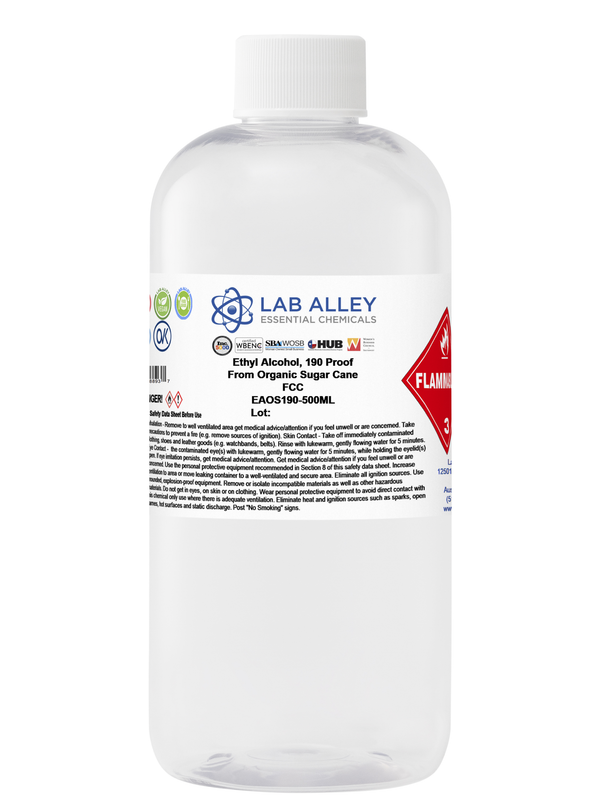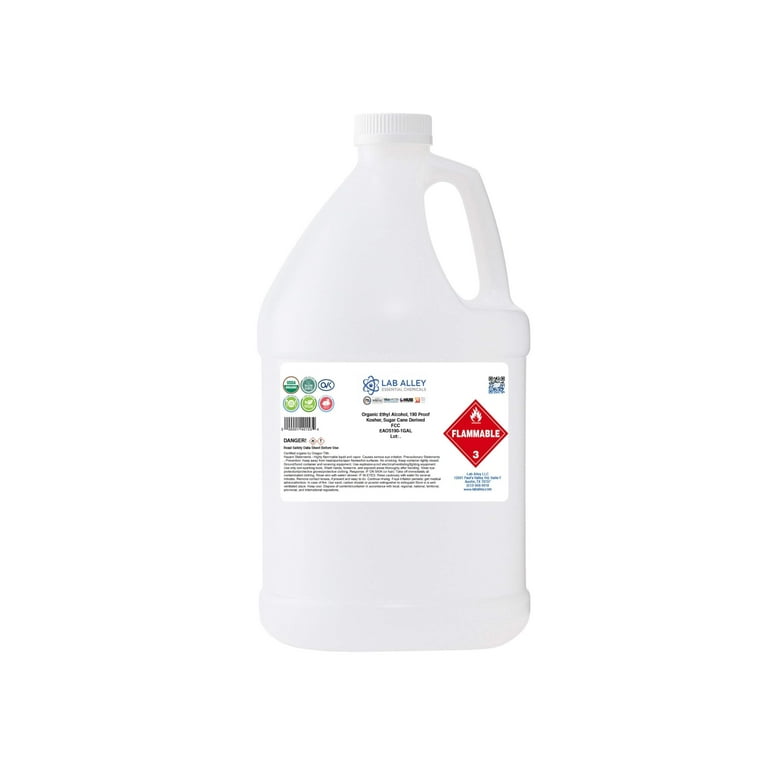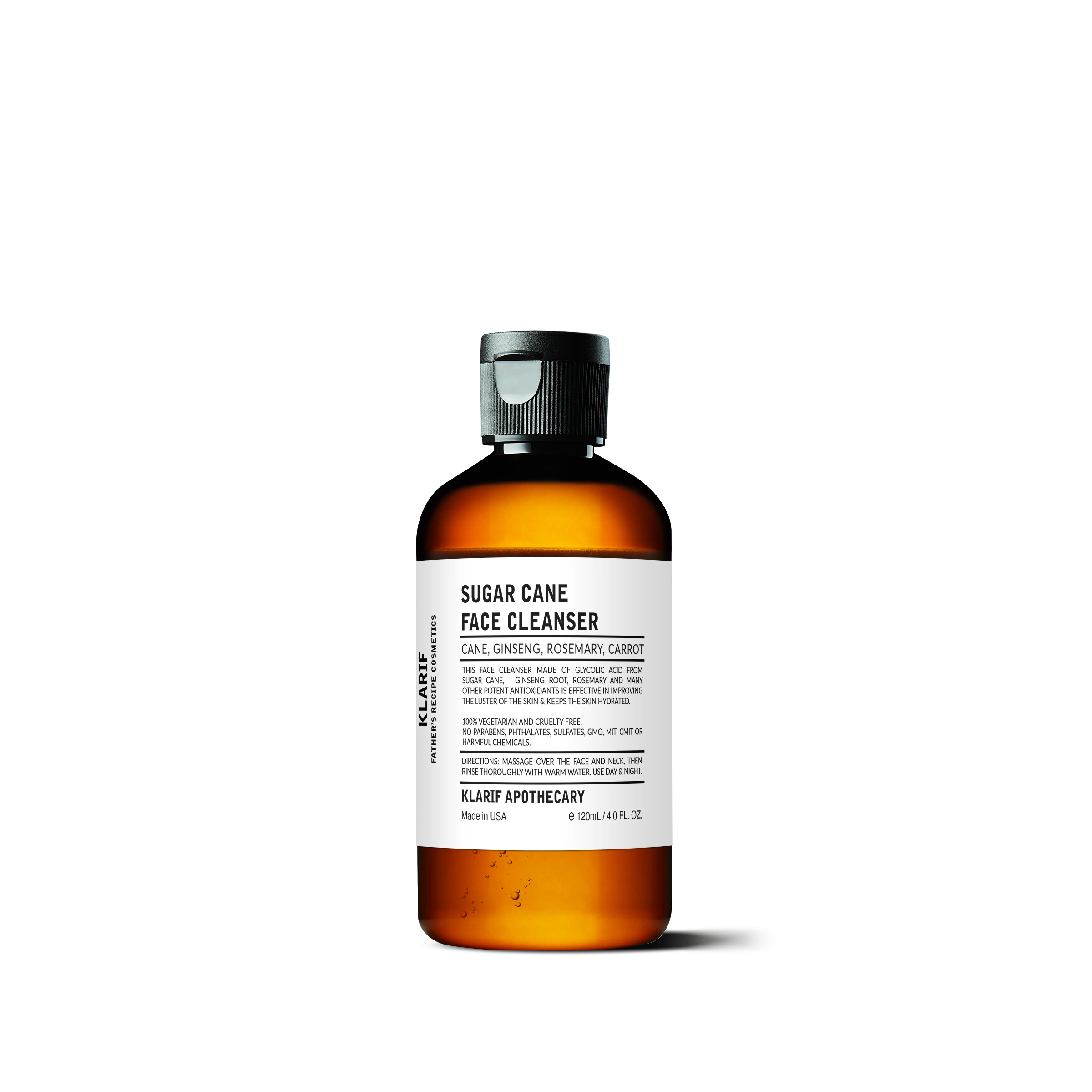Comprehending the Diverse Roles of Sugar Cane in Agriculture and Production
Sugar Cane plays a vital function in both farming and manufacturing. As a major cash crop, it impacts economies in tropical regions. Its adaptability extends past sugar manufacturing to biofuels and eco-friendly products. Furthermore, sugar Cane farming advertises dirt wellness and biodiversity. Nevertheless, the complete range of its contributions and potential in lasting techniques stays to be checked out. What ingenious actions could enhance its role in future farming systems?
The Agricultural Value of Sugar Walking Cane
Sugar Cane plays an important duty in agriculture, adding substantially to the economic climates of several tropical and subtropical areas. This yard species thrives in warm environments, requiring ample sunlight and water, making it an excellent plant for these locations. Sugar Cane is mainly cultivated for its high sucrose content, which functions as a crucial basic material for sugar manufacturing. Furthermore, it plays a significant role in soil preservation by stopping disintegration and improving dirt fertility with its growth cycles. Sugar walking cane's substantial origin system aids in water retention, profiting bordering plants. The crop sustains neighborhood communities by giving environment and food for various wildlife varieties. Farmers commonly integrate sugar Cane into plant rotation systems, improving biodiversity and agricultural resilience. The cultivation of sugar Cane not just meets local food needs however likewise cultivates lasting farming methods, promoting lasting environmental health and wellness in farming areas.
Financial Payments of Sugar Cane Farming
Sugar Cane is usually ignored, its financial contributions are considerable, specifically in developing countries where it offers as an important cash money plant. The growing of sugar Cane creates substantial revenue for millions of farmers, providing resources and fostering country growth. As a versatile crop, it sustains different sectors, including sugar manufacturing, biofuels, and drugs, as a result stimulating local economic climates.
Sugar Cane farming promotes work production in agricultural markets, refining facilities, and transport networks. It likewise adds to forex incomes through exports, improving nationwide economic security. In regions such as Brazil and India, sugar Cane plays a critical duty in farming exports, boosting profession balances.
Additionally, the crop's byproducts, like bagasse and molasses, offer more economic chances, utilized in power generation and animal feed. The economic effect of sugar Cane expands beyond mere farming, influencing more comprehensive farming and industrial landscapes.
The Refine of Sugar Production From Walking Cane

The trip from sugar Cane to refined sugar entails a number of vital phases that highlight the intricacy of sugar manufacturing. Fully grown sugar Cane stalks are collected and transferred to refining facilities. What Is Sugar Cane Used For. The Cane is after that crushed to draw out juice, which contains a high focus of sucrose. This juice undertakes information, where pollutants are removed, usually utilizing lime and warm
Next off, the clarified juice is vaporized to concentrate the sugar material. The resulting syrup is then based on condensation, enabling sugar crystals to form. These crystals are divided from the remaining syrup via centrifugation and washed to get rid of any recurring molasses.
The last entails refining, where sugar crystals are additional cleansed and bleached, resulting in the white granulated sugar generally utilized in food items. This meticulous procedure underscores the detailed journey from raw Cane to the sugar that plays a vital duty in numerous cooking applications.
Sugar Cane as a Source of Biofuels
As passion in renewable resource resources expands, sugar Cane has become a significant prospect for biofuel manufacturing. The plant's high sugar content enables effective fermentation processes, converting sugars right into ethanol. This biofuel functions as an eco-friendly option to fossil fuels, lowering greenhouse gas emissions and advertising power sustainability.
Countries like Brazil have actually long made use of sugar Cane for ethanol, developing substantial manufacturing infrastructure that sustains both domestic energy requirements and global export. The growing of sugar Cane for biofuel has actually additionally produced financial opportunities, specifically in backwoods, where it produces employment and sustains neighborhood farming.
Sugar Cane biofuels can be incorporated right into Resources existing gas systems, making them a sensible option for moving away from typical power resources. As technological developments remain to improve manufacturing effectiveness, sugar walking stick's function in biofuel growth is positioned to broaden, further contributing to global efforts toward renewable resource fostering.
Cutting-edge Uses Sugar Cane in Biodegradable Plastics
An expanding variety of researchers and manufacturers are discovering innovative uses sugar Cane in the manufacturing of biodegradable plastics. Sugar cane, rich in sucrose, can be refined to establish polylactic acid (PLA), a biopolymer that works as an option to petroleum-based plastics. This bioplastic can be used in numerous applications, consisting of product packaging, non reusable cutlery, and farming movies.
Using sugar cane-derived PLA presents a number of benefits, such as reduced dependence on fossil gas and the possibility for reduced carbon emissions during manufacturing. Furthermore, sugar walking cane's eco-friendly nature makes it an appealing selection in the mission for lasting products. Current developments in processing techniques have enhanced the performance and cost-effectiveness of generating these bioplastics, promoting better adoption in the marketplace. As the need for environmentally friendly remedies expands, sugar Cane attracts attention as a beneficial resource in the change in the direction of greener production practices.
Ecological Advantages of Sugar Cane Farming

In addition, sugar Cane needs less water compared to other crops, making it suitable for farming in dry regions. Efficient use of plant residues, such as bagasse, can reduce waste and provide renewable resource sources. Sugar Cane farming can facilitate the facility of agroforestry systems, developing a synergistic relationship between plants and trees. These practices not just shield the setting but additionally advertise lasting agricultural techniques, eventually benefiting neighborhood areas and environments.
The Future of Sugar Cane in Sustainable Practices

Furthermore, the capacity for sugar Cane to contribute to renewable energy sources is gaining traction. Biofuels originated from sugar Cane can notably find out here decrease carbon emissions contrasted to nonrenewable fuel sources, lining up with global environment objectives. Additionally, advancements in waste administration permit the use of byproducts, even more decreasing ecological influence.
Research study into drought-resistant sugar Cane ranges is additionally underway, providing resilience against environment adjustment. As stakeholders across the sector embrace these lasting practices, sugar Cane is poised to play an important role in fostering agricultural sustainability, ensuring its relevance in future markets and adding positively to eco-friendly balance.

Frequently Asked Concerns
Just How Does Sugar Cane Affect Dirt Wellness and Fertility?
The effect of sugar Cane on dirt health and fertility is substantial. Its comprehensive origin system enhances soil framework, while raw Look At This material from decaying leaves contributes essential nutrients, promoting total fertility and sustaining varied microbial life.
What Are the Labor Problems for Sugar Cane Workers?
Labor problems for sugar Cane employees differ widely, frequently identified by lengthy hours, low earnings, and risky environments. Several face obstacles such as lack of access to health care and inadequate protective actions against unsafe conditions.
Can Sugar Cane Be Grown in Non-Tropical Environments?
Sugar Cane generally grows in exotic climates due to its heat and moisture demands. However, specific non-tropical regions may effectively grow it through specific farming practices, though returns and quality may be considerably lowered.
What Pests Commonly Threaten Sugar Cane Crops?
Parasites threatening sugar Cane crops include the sugarcane borer, aphids, and nematodes. These organisms can considerably affect plant yield, requiring effective bug management techniques to assure healthy and balanced growth and maximize farming efficiency.
Exactly How Does Sugar Cane Farming Impact Citizen Communities?
The cultivation of sugar Cane substantially influences neighborhood neighborhoods by supplying employment possibility, promoting financial development, and affecting social structures. In addition, it can result in environmental challenges, affecting agricultural techniques and neighborhood health and wellness in the area.
Sugar Cane is mostly grown for its high sucrose web content, which serves as an important raw product for sugar production. Farmers typically integrate sugar Cane right into plant turning systems, improving biodiversity and farming resilience. The journey from sugar Cane to refined sugar entails several vital stages that highlight the intricacy of sugar manufacturing. The final stage entails refining, where sugar crystals are additional purified and bleached, resulting in the white granulated sugar generally utilized in food products. The plant's high sugar material allows efficient fermentation procedures, converting sugars into ethanol.